Coating materials
The type of coating required and the application method differ depending on the environment in which the strain gauge is to be used. In general, if one type of coating is not sufficient, multiple coatings can be combined to protect the strain gauges. At TML, the coating applied directly to the surface of the strain gauge is referred to sequentiallyas the first coating, with subsequent coating layers referred to sequentially as the second coating, third coating, etc. Multi-layer coatings are recommended for strain gauge protection.
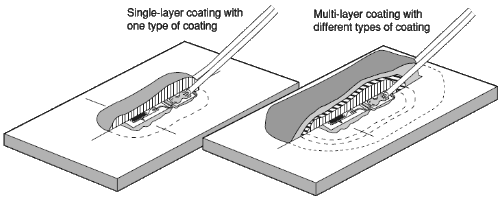
SDS (Safety Data Sheet)
TML supplies SDS for all its strain gauge adhesives and coatings. Contact your TML supplier for more information.
Coatings in special substances
For use in special substances such as acids, alkalis and alcohols, contact TML or local representatives.
-
Type list
Type Type of coating materials Operating temperature Curing conditions Materials Contents W-1 Hotmelt 0 to +50℃ Hot melting +100 to 120℃, hardening in room temperature Microcrystalline wax solid 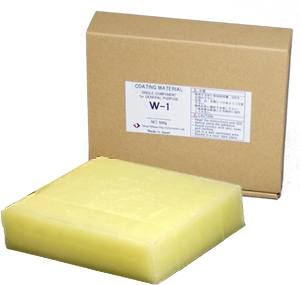 Single 500g
Single 500gN-1 Rubber type solvent -30 to+80 Air-drying, a half day in room temperature Special rubber based solvent thinned 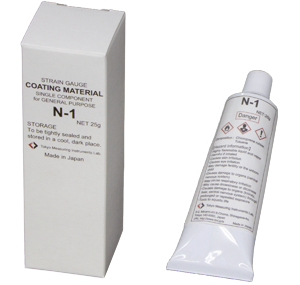 25g
25gK-1 Rubber type solvent -269 to +60℃ Air-drying, a half day in room temperature Special rubber based solvent thinned 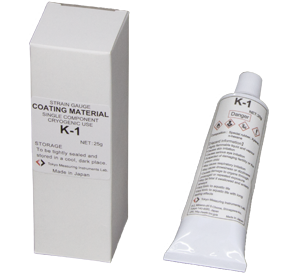 25g *
25g *UE-1 Rubber type solvent -40 to +150℃ Air-drying, a half day in room temperature Special rubber based solvent thinned 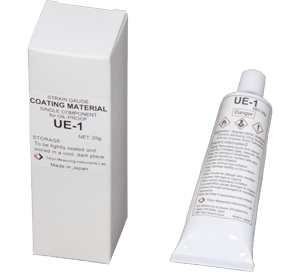 25g *
25g *SB tape Rubber type pressure sensitive -30 to +80℃ Pressure sensitive Butyl rubber 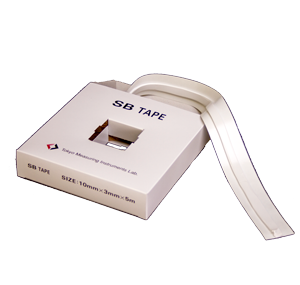 10mm (wide) × 3mm (thick) 5m long/roll
10mm (wide) × 3mm (thick) 5m long/rollVM tape Rubber type pressure sensitive -20 to +80℃ Pressure sensitive Butyl rubber 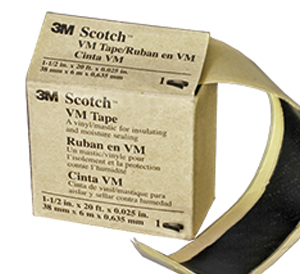 38mm (wide) × 0.635mm (thick) 6m long/roll
38mm (wide) × 0.635mm (thick) 6m long/rollKE-348W(White) Silicon -50 to +200℃ Air-drying solvent-thinned a half day in room temperature Silicon rubber 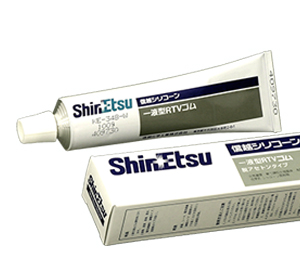 100g
100gKE-348T(Transparent) TSE3976-B Silicon -50 to +250℃ Air-drying solvent-thinned a half day in room temperature Silicon rubber 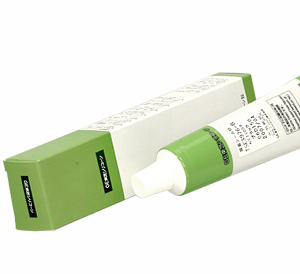 100g
100g* This contents is for outside Japan.
More Information


